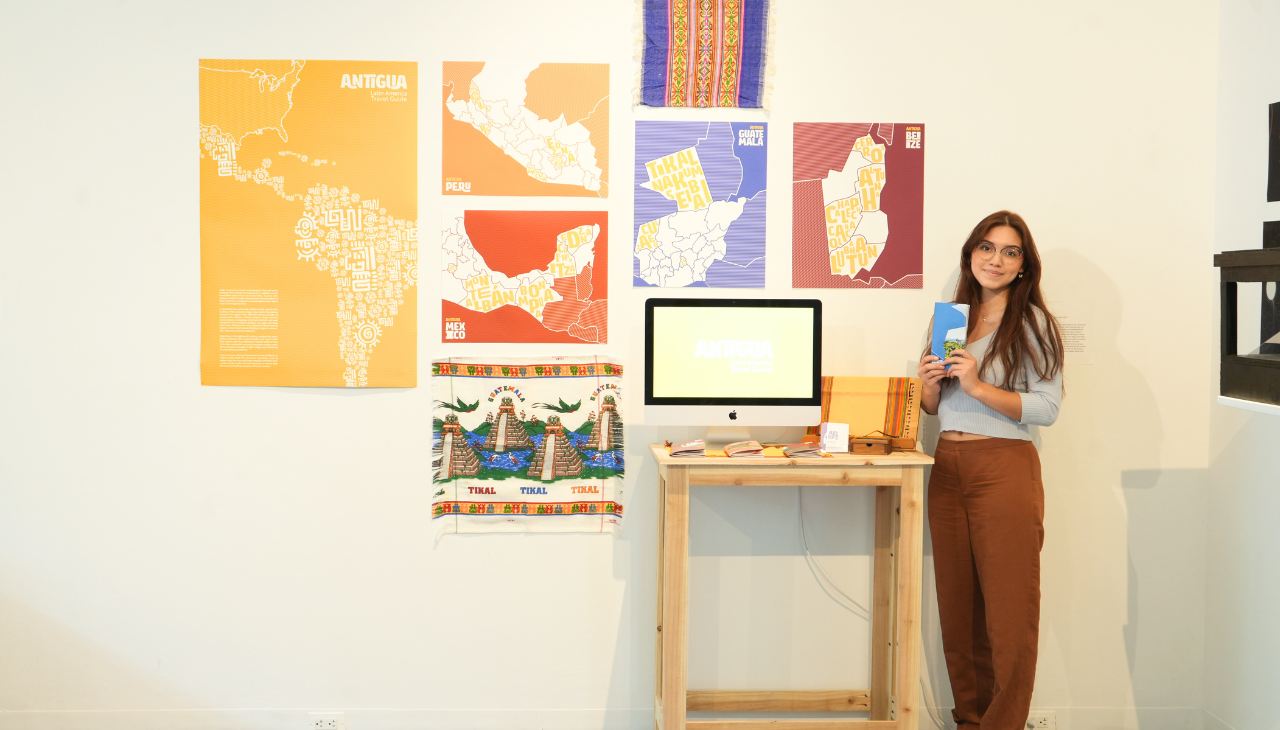
Travel guides celebrate Latin culture
Ari Lopez sees the importance of historical contributions to archaeological sites travel relevance.
Graphic designer Ari Lopez's latest design, The Antigua: Latin America Travel Guide, taps into her preferred color scheme, earth tones— creating a sense of wonder for ancient sites in Guatemala to earthy red hues that resemble The Murals of Bonampak in Mexico—a skillful design painted between 790 and 792 CE, according to the Smithsonian Institute.
The murals, elaborate and sophisticated frescoes account for their durability and matte surface, similar to the method used on pottery.
Lopez views art as a form of self-expression— colors, details, and patterns are part of her self-awareness. The artist is a fan of Oscar Claude Monet and Art Chantry, sources of inspiration and skillful mastery of modern art.
Antigua avoids mainstream attraction sites typical in Latin America and the Caribbean— exotic resorts in Cancun and Punta Cana are common conceptions of the ideal vacation. Lopez argues that “sophisticated and mysterious ruins such as Chichen Itza, Teotihuacan, Serpent Mound, Tikal, and Machu Picchu” are often overlooked.
The first-generation Guatemalan uses mood boards and other graphic designers to elevate her craft—using geometric patterns in architectural structures as a muse to amplify the audience experience and engagement.
The travel guides encapsulate, enhance, and offer the best indigenous civilization in Belize, Guatemala, Mexico, and Peru from the perspective of the twenty-three-year-old designer.
Her work was part of a student exhibition at Moore College of Art & Design in Philadelphia.
Mayan Ruins in Belize
The country on the north-eastern coast of Central America acquired its independence nearly 42 years ago— the only British Colony in Central America to become an independent nation— home to dense jungle, rich marine life, and Mayan ruins like Caracol, Cahal Pech, and Altun Ha—the small country, not much larger than the U.S. state of Massachusetts plays a pivotal role in the world of the ancient Mayan civilization.
Antigua: Belize travel guide provides insights into Cerros, an Eastern Lowland Maya archaeological site in northern Belize that functioned as a coastal trading center during the Late Preclassic Period.
Her travel guide includes information about the Temple of the Masonry Altars, also known as the Temple of the Sun God, and the Blue Creek Cave near Lubaantun or “the place of the fallen stones,” a pre-Columbian ruined city of the Maya civilization in southern Belize.
A fun fact Lopez includes is that “a drawing of this structure is the logo of Belize’s leading brand of beer, Belikin.”
Her design anticipates the needs of travelers by arranging valuable information in a way that is interactive, tangible, and useful abroad.
Guatemala's exquisite color palette
Antigua: Guatemala follows a deep-blue color scheme, with touches of Maya blue, similarly found in the country’s flag, which achieved independence in 1840 after the guerrilla movement led by Rafael Carrera, defeated the forces of Francisco Morazán, president of the federation.
RELATED CONTENT
Guatemala is known for its unique natural ecosystems and diverse landscapes, including volcanoes, lakes, and rainforests, especially those notable around Tikal, El Mirador, Uaxactún, and Yaxhá.
Although the young artist includes historical context, she preserves the essence of travel and leisure by incorporating “things to know before you go,” suggestions to inform travelers and curious minds alike, information not often known about sites like the North Acropolis of Tikal, Yaxhá Next to Nakum, that the artist says “offers a peaceful, introspective experience, especially for birders and Maya aficionados.”
The Yaxhá-Nakum-Naranjo National Park requires a small entrance fee, and visitors are encouraged to wear a long-sleeve shirt, pants, and insect repellent.
Mexico archaeological monuments
Mexico, the third largest country in Latin America, borders the United States to the north and Guatemala and Belize to the south is known for its vibrant culture, rich ancient history, and delicious cuisine— home to places like Xochiacalco, Chichén Itzá, and Edzná.
Edzná is an ancient Mayan word that means “House of the Itza” and home to the “Temple of the Masks.” Lopez says, “one mask represents and honors the Sunrise God, and the other honors the Sunset God.”
Antigua: Mexico includes Chichén Itzá, which Lopez says is “the fusion of Mayan construction techniques with new elements from central Mexico that make Chichen-Itza one of the most important examples of the Mayan-Toltec civilization in Yucatán.”
Land of the Incas
Peru is the Land of the Incas, a colorful region with unique textiles and ancient archaeological structures, and has one of the richest cultures in the world.
Antigua: Peru is a travel guide like no other that catapults archeologist enthusiasts' and conspiracy theorists' imagination when visiting Huaca Pucllana, especially the statues showing a ceremonial offering— the Wari people or Huari people, emerged in Peru's central Andes around 600 AD.
The travel guide includes Temple of the Sun and Muyuq Maria Temple, with tours lasting anywhere from three hours to a full day, the young Guatemalan artist shared.
Go with your passion and show this is something you want.


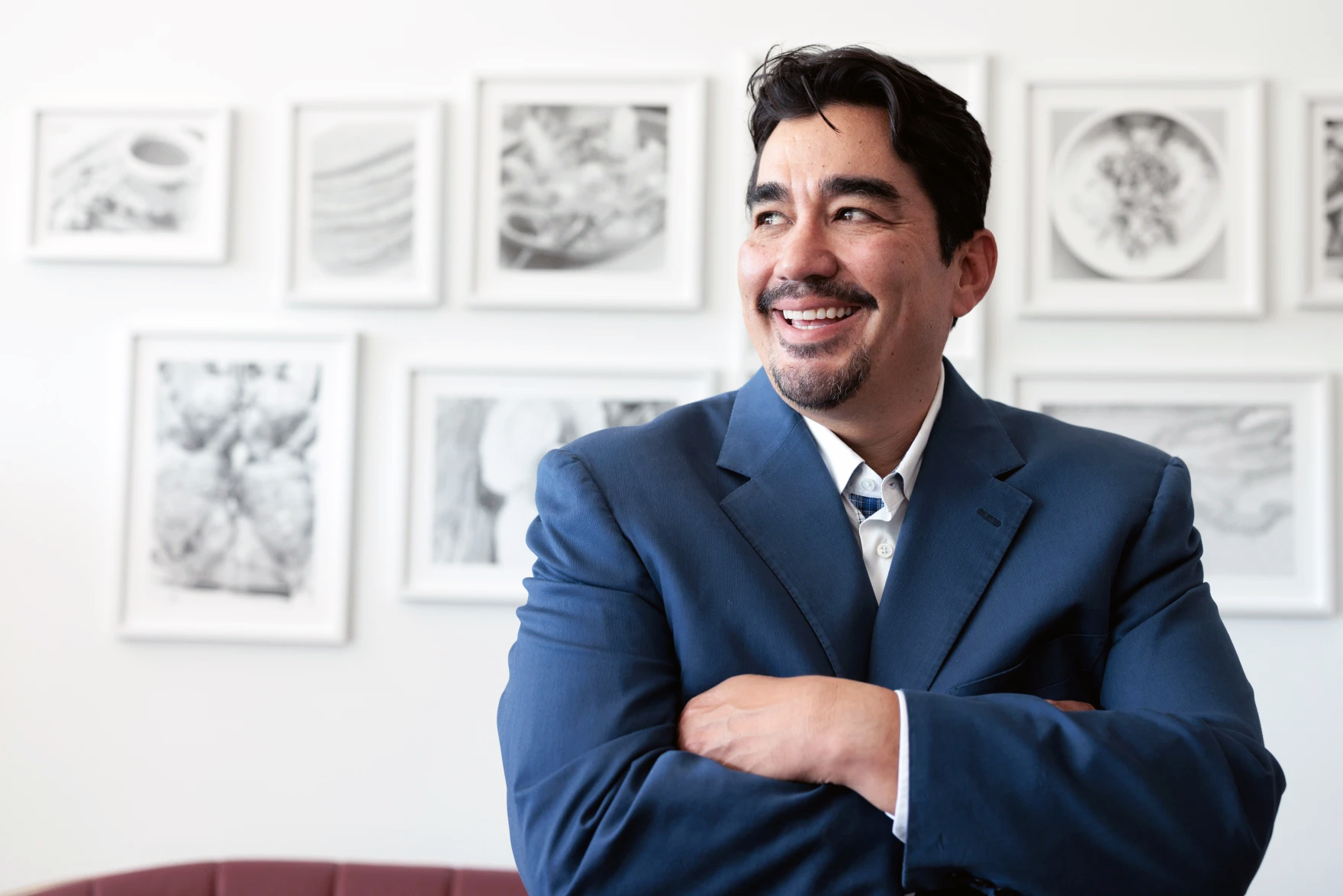
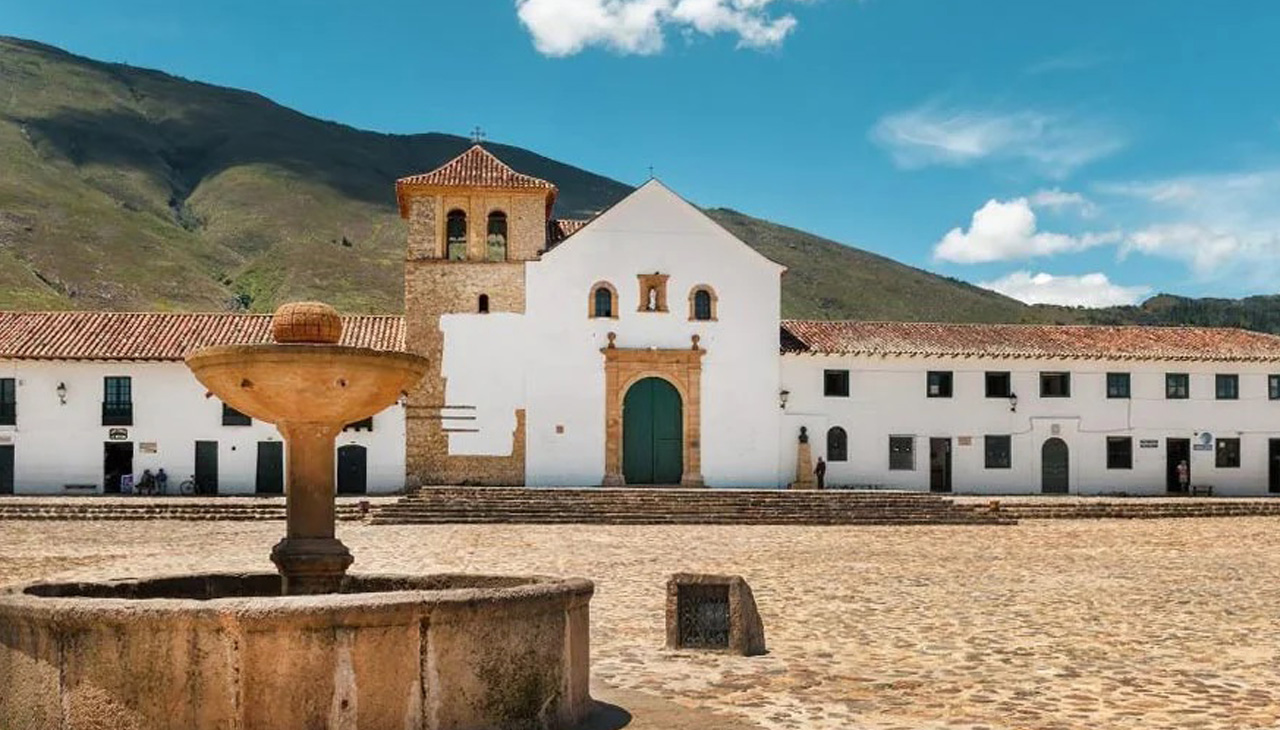


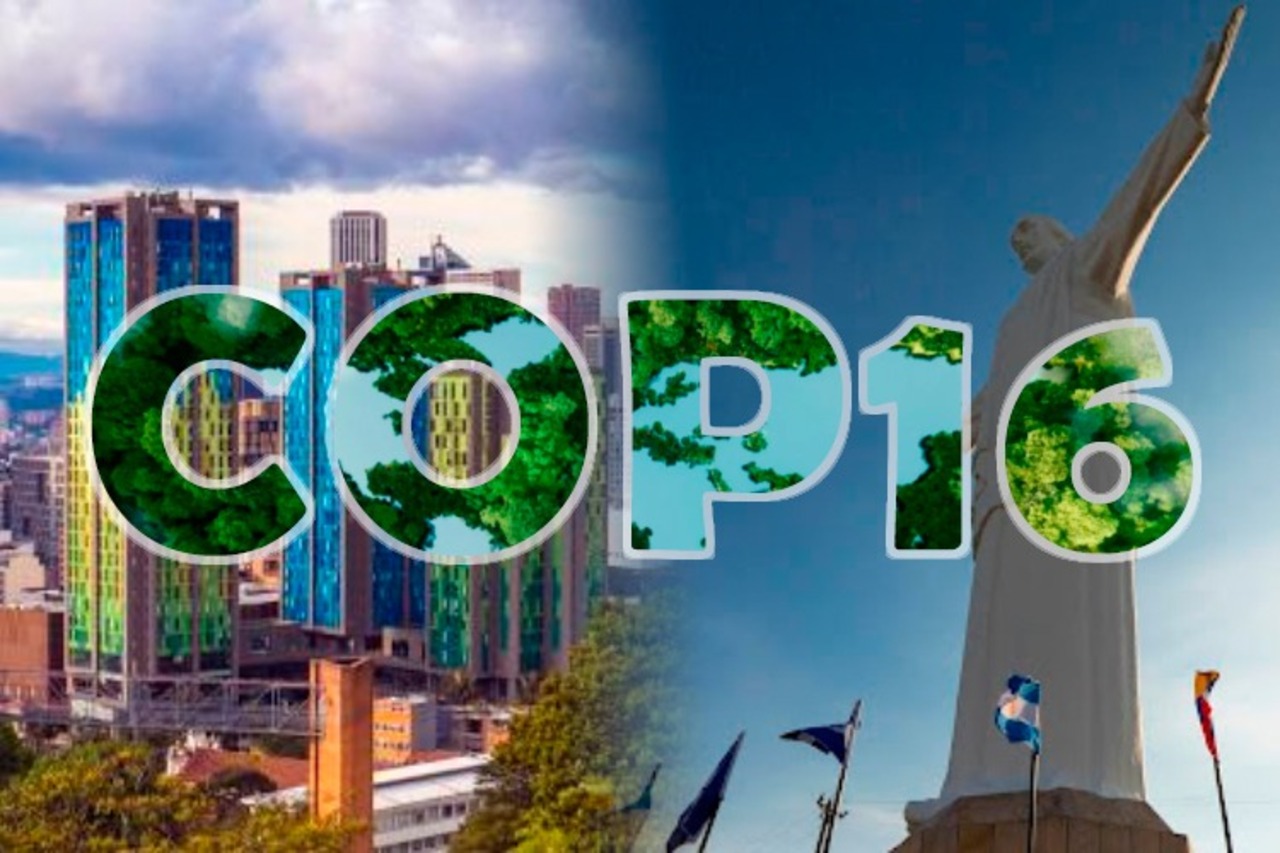


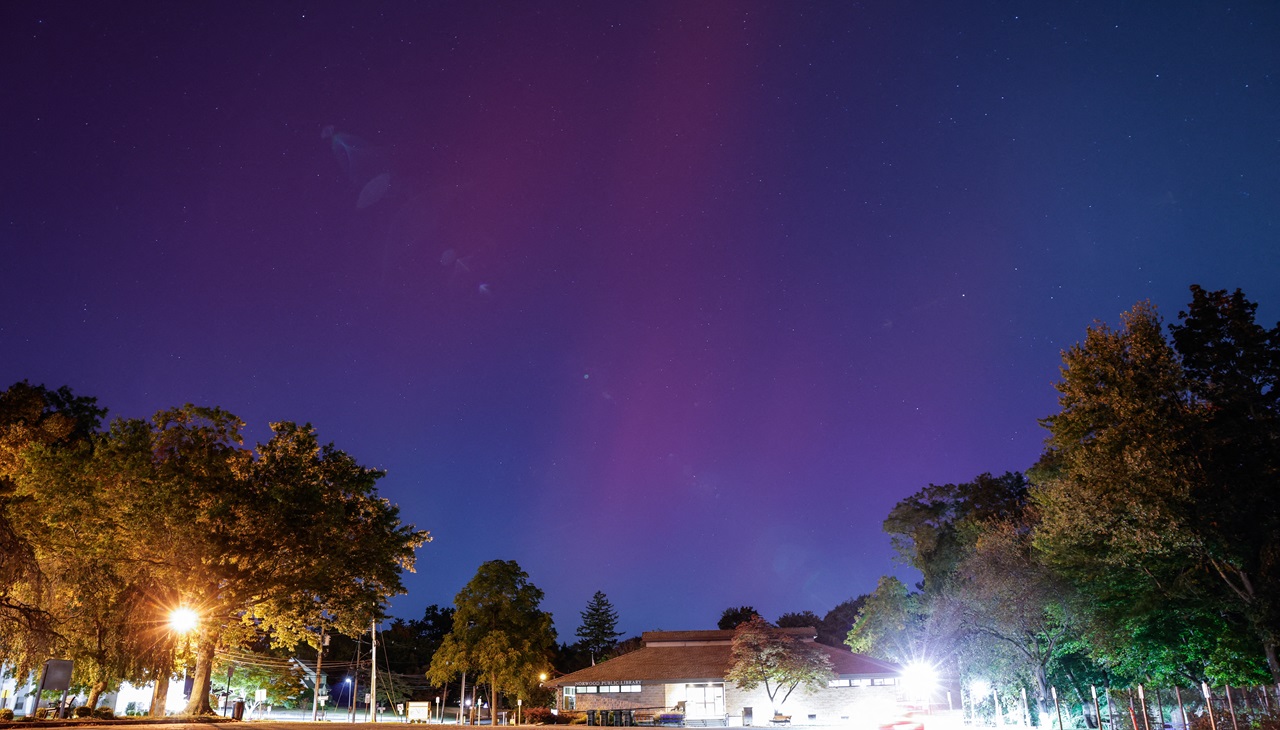

LEAVE A COMMENT: